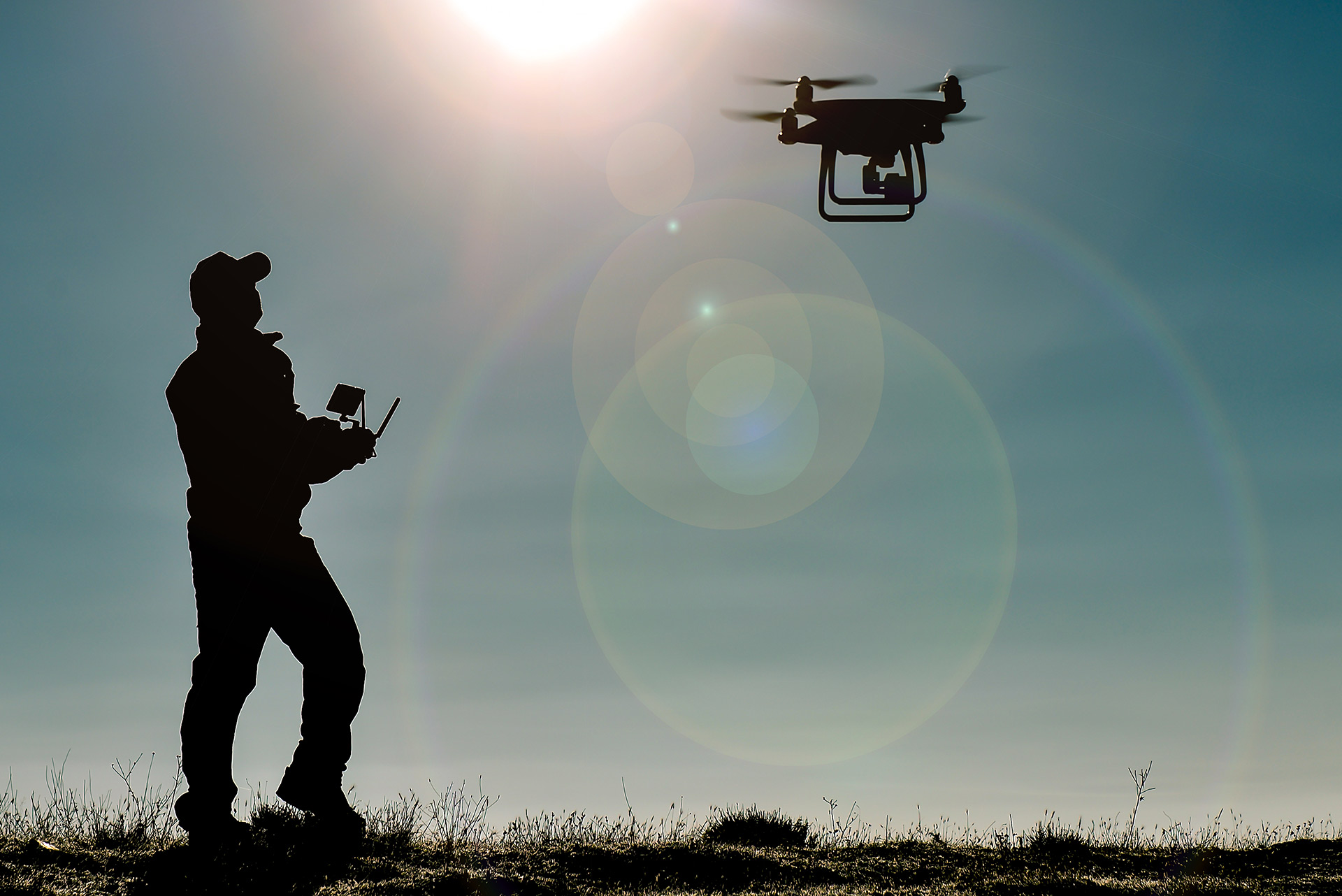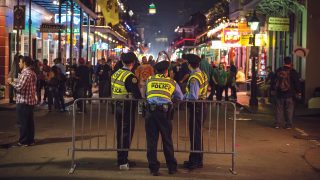
An Illinois bill passed on June 16 expands the use of aerial drones by local police for public safety.
Signed into law by Governor J.B. Pritzker, the Drones as First Responders Act provides police agencies with increased flexibility in employing drones to protect communities.
The law modifies the 2014 Freedom from Drone Surveillance Act, which had previously limited law enforcement’s use of drones for information gathering, except in cases of terrorism or imminent harm.
In addition to preventing weaponization and facial recognition, the new law also requires law enforcement to destroy any information collected by drones within 30 days, unless it is relevant to an ongoing investigation.
However, exceptions are made for data used exclusively for training purposes or limited to metadata. The law explicitly prohibits law enforcement from selling any information collected by drones.
The Quincy Police Department has welcomed the development by acquiring three drones for its operations.
According to the department, drones were previously used primarily for tactical situations, such as locating armed individuals in buildings and capturing crime scene or accident photographs.
However, Quincy Officer Zachary Tuley says that the new law broadens the scope of drone usage, allowing use of the technology for surveillance purposes at events and monitoring traffic situations, except for use at First Amendment-related protests.
“One of the places where we are barred from using drones is any kind of First Amendment rally or protest. Any kind of specific gathering that is for your First Amendment rights, we are not allowed to, and would not, fly our drones in that area,” Tuley said.
Tuley further explained that drones are valuable assets during public events, such as concerts or festivals, where they can assist in security sweeps and live monitoring to ensure public safety and smooth traffic flow.
Quincy Patrol Officer Robert MeGee also highlighted the aerial technology’s usefulness during search warrants and for keeping officers safe during tactical operations.
“We’ll breach the door, make entry into the building or the home that we are doing, hold outside on the perimeter and then our drone operator will send the drone in to search for people if they are not coming out,” MeGee explained.
MeGee described a recent operation in the Indian Hills Housing Projects where a drone was used for such a purpose, as well as in identifying potential threats or armed suspects. Drones also allow law enforcement to make informed decisions about tactical approaches and negotiations. This capability is particularly crucial in ensuring officer safety when entering unfamiliar structures.
Additionally, officials say that drones also play a key role in evidence gathering and search efforts, including locating missing children. They also contribute to the efficiency of investigations by providing aerial perspectives and aiding in the search for critical evidence across crime scenes.
While the new law expands the usage of drones for public safety, it also imposes certain restrictions. Police officers in Illinois are prohibited from attaching weapons to drones. Facial recognition capabilities are only permitted in cases involving countering terrorist attacks, preventing imminent harm to life or ensuring the capture of a suspect.
Lawmakers said the recent changes to the law were motivated by the desire to prevent incidents like the shooting at last year’s Highland Park Fourth of July parade, which state Senator Julie Morrison argued could have been prevented with more drone surveillance.
“It’s simple: drones will save lives,” Morrison said in a statement. “We can’t let another community feel the sheer terror and heartbreak that Highland Park still feels a year later. Today we’ve taken a positive and commonsense step toward a safer Illinois.”
The issue of weaponized drones has prompted several states to implement similar bans, including Maine, Nevada, North Carolina, Oregon, Vermont, Virginia, Wisconsin and Florida. The broader question of whether police robots should have the ability to use lethal force remains under debate, as exemplified by the reversal of San Francisco’s initial approval of the use of robots for deadly force in extreme situations.
The Federal Aviation Administration (FAA) has reiterated its stance against attaching any form of weapon to drones, with a fine of $25,000 for noncompliance.





